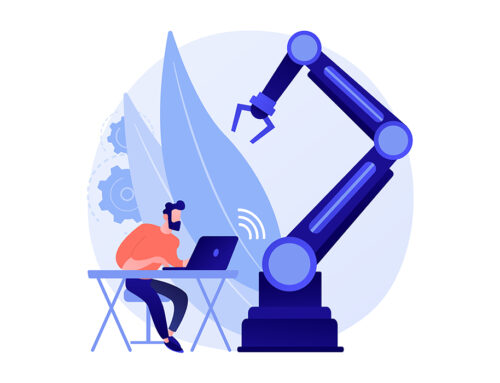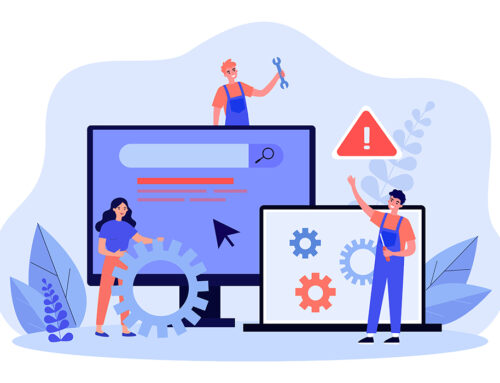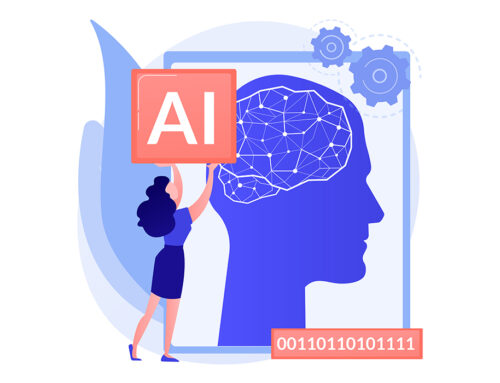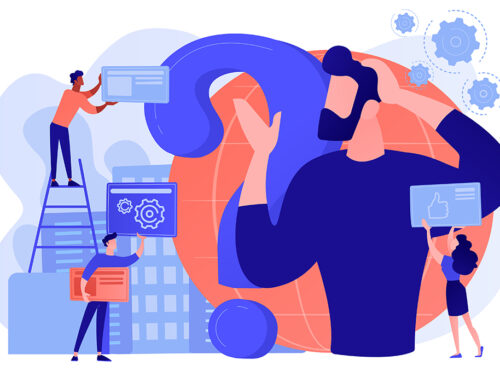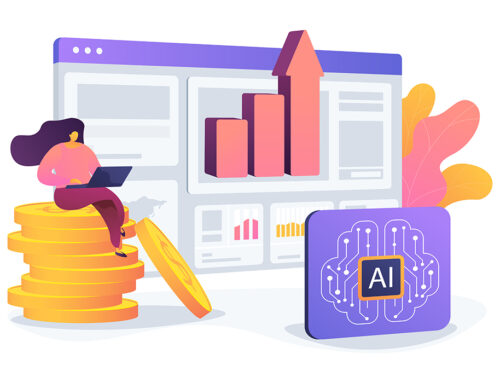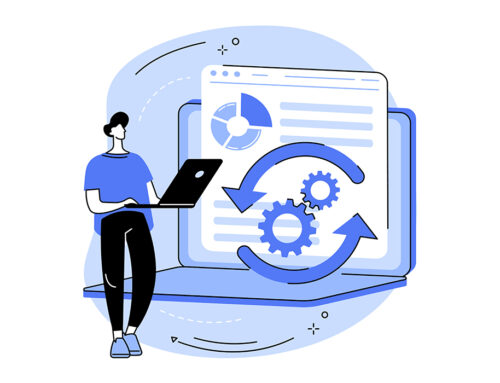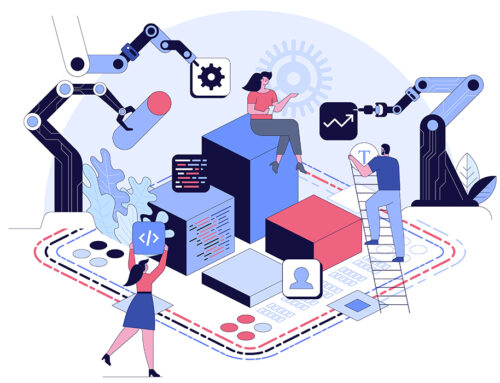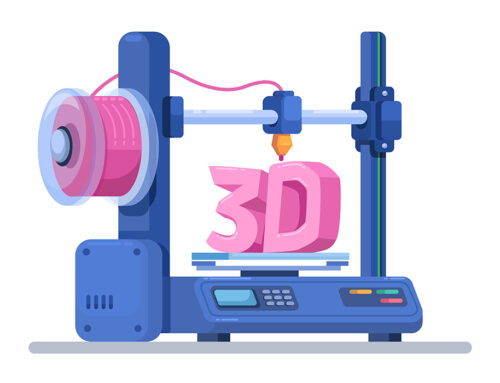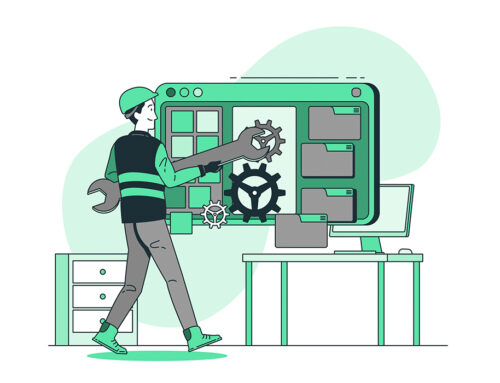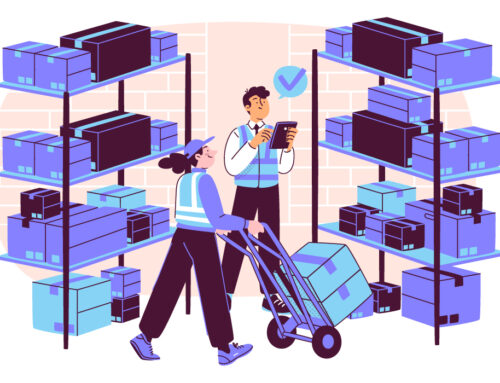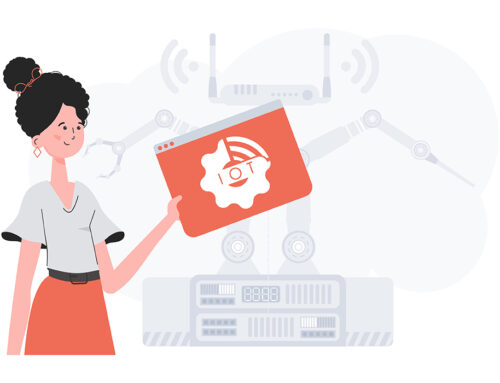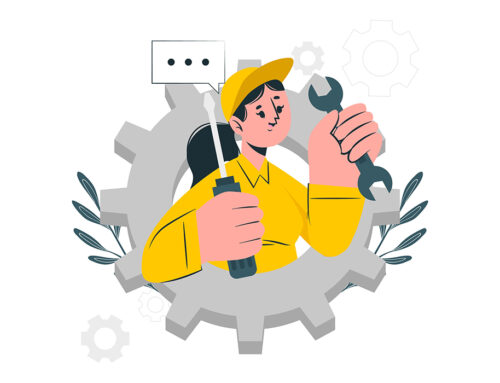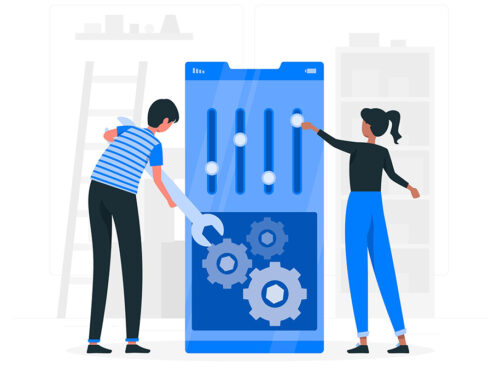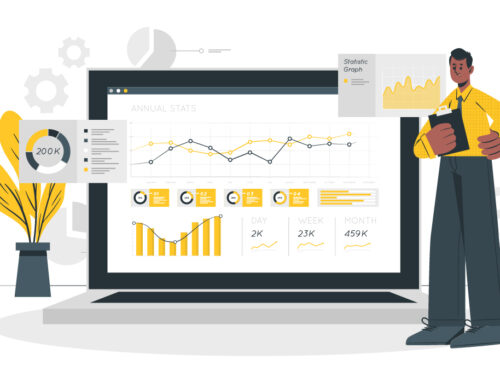After-sales is now a primary profit source for many manufacturers, yet much of its value sits trapped in disconnected systems.
Author Nick Saraev

Photo: Freepik
At Copperberg Select — Service Excellence, Jean-Luc Bonnet and Isabelle Morin of Dassault Systèmes showed how an installed-base virtual twin, built on a company’s own engineering data, turns hidden insight into predictable growth.
From Overlooked to Essential
Bonnet opened with two numbers:
- After-sales generate 40–50% of total revenue
- It supplies up to 70% of EBIT in industrial equipment
Service margins, however, remain limited by legacy documents and siloed knowledge. Bonnet argued that real progress begins with the intellectual property that manufacturers already own. Engineering data, especially the EBOM, provides a trusted foundation.
When that data flows into service workflows, teams work with clearer information and a consistent point of reference.
A Working Definition of the Virtual Twin
The installed-base virtual twin is a live representation of every machine in service. It reflects current configuration, retrofit history, and performance data while connecting to ERP, field-service apps, and product files.
Key attributes:
- Tracks part replacements and repairs in real time
- Creates a shared view that keeps engineering and service teams working with the same up-to-date information
- Enables proactive planning instead of reactive fixes
The twin supports more than technicians. Service managers, planners, and engineers all consult the same view, avoiding conflicting records and duplicated effort.
Why the Service BOM Matters
Morin introduced the Service Bill of Materials (SBOM) as the foundation of service clarity. Unlike the engineering BOM, which includes every designed component, the SBOM shows only what’s relevant to maintenance.
Key elements in the SBOM include:
- Installed and serviceable parts
- Required tools and consumables
- Mean time to repair values
- Visual work instructions
- Safety steps specific to each task
Because the SBOM links directly to the 3D engineering model, upstream changes appear instantly in maintenance plans and spare parts catalogues. Teams no longer rebuild documents after every revision.
A Closer Look Through Live Demos
The concepts are powerful, but the platform walkthroughs gave them practical weight. The demos showed how technicians and managers interact with the tools in real situations.
Pump Maintenance Plan
Inside the 3DEXPERIENCE platform, Morin selected a pump within the 3D model, applied timing data, linked documentation, and generated visuals. The complete plan, including safety flags, was ready in minutes and exportable to mobile or print formats.
Cutting-Head Retrofit Campaign
Bonnet reviewed a fault logged in the field. The dashboard flagged machines with the same cutting head. Engineers confirmed customers had exceeded design speed limits, designed a new cutting head, priced it, and added it to the service catalogue.
All matching assets worldwide were then queued for the same proactive retrofit.
These examples show how access to reliable data helps service teams respond quickly and make more informed decisions across regions.
Three Proven Outcomes for Service Leaders
Bonnet and Morin didn’t just explain the benefits but showed where real savings and gains are already happening.
1. Fewer Spare-Part Errors
Spare parts catalogues remain synchronised with design data. Technicians order the correct part using visual cues and current specifications, cutting shipment mistakes and stock waste.
2. Repeatable Retrofit Campaigns
When an issue or improvement arises, the twin pinpoints every machine with the same configuration. Upgrades become structured programmes rather than isolated fixes.
3. Knowledge That Stays Inside the Business
As more technicians retire, many teams face the risk of losing critical experience. The virtual twin stores repair steps and standardised work instructions so that new hires can operate with confidence from day one.
Addressing the Workforce Shift
Experience gaps grow when veteran technicians retire. Morin showed how structured workflows limit that risk:
- 3D animations guide repairs step by step
- Exploded views clarify part locations
- Mobile access puts instructions beside the asset
- Safety checks appear at the exact stage required
Technicians perform complex tasks confidently, even on first exposure, because instructions match the real machine in front of them.
Feeding Insight Back to Engineering
Every field action becomes data. AI in the platform clusters similar issues by analysing descriptions and repair history. Managers see patterns, retrieve proven fixes, and stop problems before they spread.
Service data points also inform product teams:
- Components that wear faster than expected
- Maintenance steps that consume excess time
- Retrofits that deliver measurable performance gains
This feedback helps product teams improve development timelines and focus R&D on updates with clear customer impact.
A Long-Term View of the Asset Lifecycle
Bonnet and Morin closed with a lifecycle map touching engineering, manufacturing, service, and support. Each phase provides openings to increase value when the virtual twin anchors decision-making.
Benefits across the lifecycle include:
- Improved spare-parts planning and accuracy
- Targeted retrofit strategies that boost uptime
- Faster resolution times for field teams
- Documentation that mirrors real-world use
- Continuous insight for design and quality
The tools integrate around existing systems, adding intelligence without forcing disruptive change.
Final Reflections
Bonnet emphasised digital continuity.
When a manufacturer designs with Dassault tools, it can also manage assets through their operational life without losing context or switching platforms. Clear data turns after-sales from a reactive expense into a strategic growth engine.
Dassault Systèmes demonstrated that the essential pieces are already in place. By linking engineering files with service records and operational data, manufacturers can uncover value that was previously buried in silos.
The virtual twin makes that value visible and easier to act on.
About Copperberg AB
Founded in 2009, Copperberg AB is a European leader in industrial thought leadership, creating platforms where manufacturers and service leaders share best practices, insights, and strategies for transformation. With a strong focus on servitization, customer value, sustainability, and business innovation across mainly aftermarket, field service, spare parts, pricing, and B2B e-commerce, Copperberg delivers research, executive events, and digital content that inspire action and measurable business impact.
Copperberg engages a community reach of 50,000+ executives across the European service, aftermarket, and manufacturing ecosystem — making it the most influential industrial leadership network in the region.

